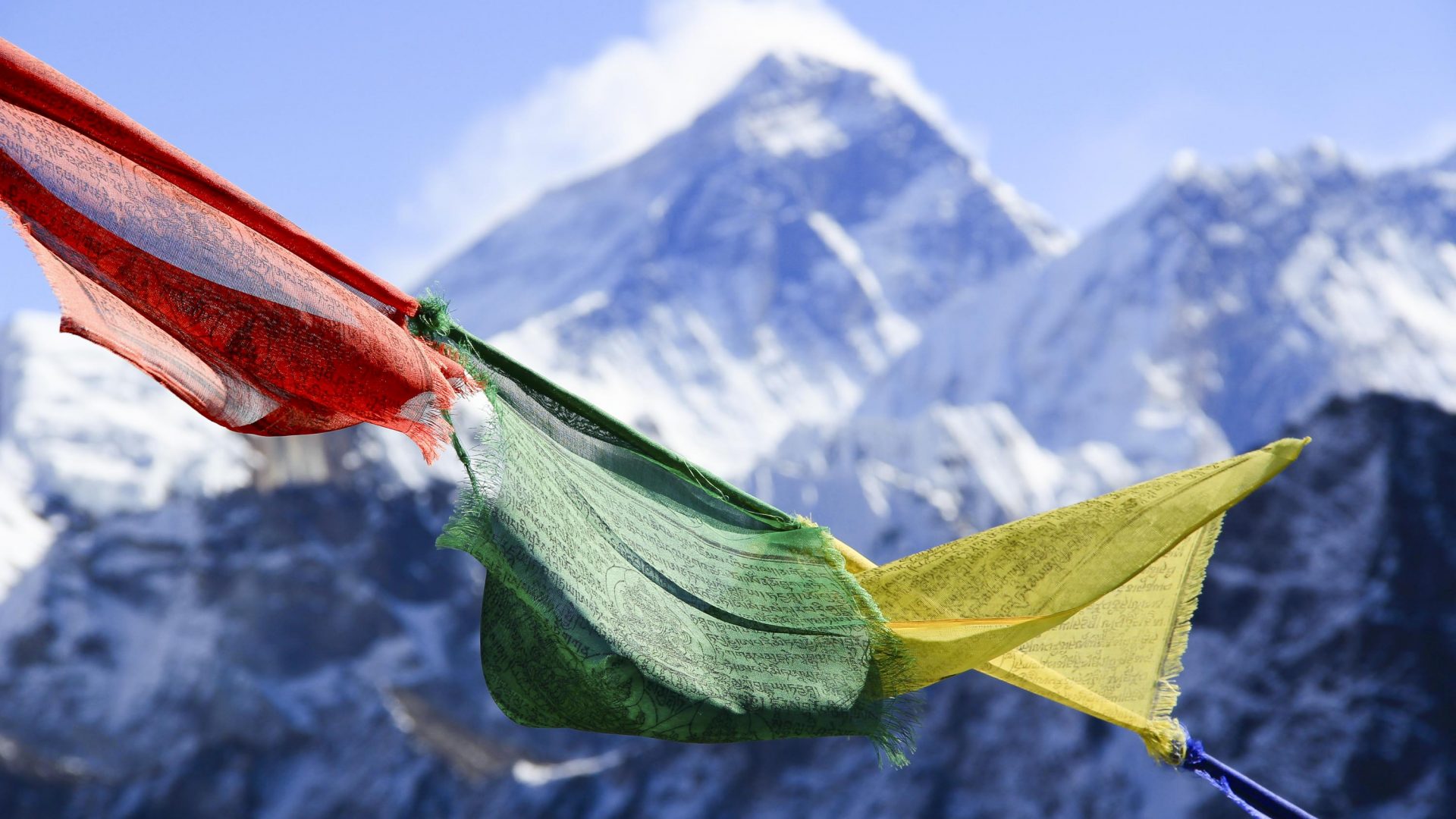
Due to the rapid melting of the Khumbu Glacier at the foot of Mount Everest, Nepal officials are acting on plans to move Everest Base Camp.


Due to the rapid melting of the Khumbu Glacier at the foot of Mount Everest, Nepal officials are acting on plans to move Everest Base Camp.
In the past five years, the biggest news regarding the state of Everest Base Camp (EBC) has been shit. Literally.
Human waste and pollution left behind on the mountain by mountaineers and trekkers have plagued the shoulders of what is called Chomolungma in Tibetan culture, Sagarmatha in Nepali culture, and Mount Everest by many others. National Geographic cited the base camp as “the world’s highest dump”. In 2019, treks to the Tibetan side of the base camp area were closed to visitors without permits just so officials could attempt to get the litter and contamination under control.
But now, South Everest Base Camp—located on the Nepal side of the mountain—has a bigger human-made problem to face: Climate change. Namely, glacial melt.
EBC was unofficially established in 1953, when Tenzing Norgay, Edmund Hillary, and the multitude of those who made the historic first ascent of the tallest peak in the world possible set up a temporary home on the ice at the base of the Khumbu glacier.
Now, that ice is melting, and the sacred and historic sites around Everest may never look the same.
RELATED: The first all-Black mountaineering has summited Mount Everest
On June 17, Taranath Adhikari, director general of Nepal’s tourism department, announced to the BBC that the department has begun the process of moving the South Base Camp. The current base camp location is at an elevation of 17,598 feet (5,364 meters). The impending new location sits 656 to 1312 feet (200 to 400 meters) lower—namely, an elevation where historically glacial ice is not present.
“We are now preparing for the relocation and we will soon begin consultation with all stakeholders,” Adhikari says, according to the BBC. “It is basically about adapting to the changes we are seeing at the base camp and it has become essential for the sustainability of the mountaineering business itself.”
Reports have stated that climbers have seen increasing signs of destabilization around EBC this season, including cracks and crevasses. Unstable glaciers also lead to other potential hazards, such as rockfalls, avalanches and ice falls.
The warming of the Khumbu Glacier and the subsequent dangers posed to the 1,500 people who use the base camp annually are a result of human-caused climate change—aka, global warming.
RELATED: Has tourism ruined Everest Base Camp?
According to research cited by IFLScience, a 2018 study found the minimum ice temperature of the Khumbu Glacier was only 26°F (−3.3°C)—“a temperature that indicates the glacier is desperately vulnerable to heat.”
A study published in the journal Nature found that Everest’s highest glacier, the South Col glacier, shed an astonishing 2,000 years’ worth of ice in just 30 years and has lost half its mass since the 1990s. It’s a sobering report.
Plus, remember all that poop and pee and trash we were talking about earlier? Human excrement, cooking fuels, and the presence of warm bodies are only exacerbating the problem and heating the surface of the ice more.
So, in the name of safety, sacred sites and saving a glacier, moving EBC seems to be the practical plan. But to ensure that the plan does indeed preserve the natural resources around Everest best, Adhikari has stated that any new EBC plans will “follow the recommendations of a committee formed by Nepal’s government to facilitate and monitor mountaineering in the Everest region” and consider all aspects of local communities’ cultures, according to the BBC.
Work has already begun to approve and fast-track the new base camp, which officials say may be in operation by 2024.

Lauren's body of work includes stories on just about everything – from skiing in the untouched mountains of Kyrgyzstan to Chilean national fùtbol champs to hanging out with the Wu-Tang Clan. She has written and edited for publications such as The Wall Street Journal, Outside, Rolling Stone, Vice, Men’s Journal, Complex, and WIRED. She is a contributing editor for Adventure.com.






Can't find what you're looking for? Try using these tags: